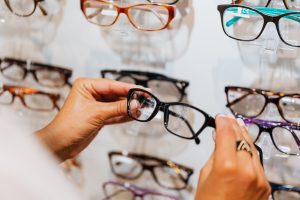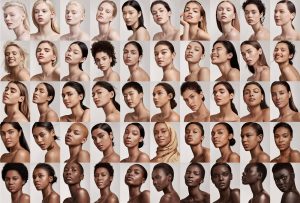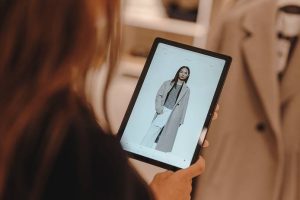The term metaverse — first coined by author Neal Stephenson in his science fiction novel Snow Crash — is now perceived to be the successor of the Internet age. It can extend to digital fashion, augmented reality, virtual stores, gaming and non-fungible tokens, which explains why so many fashion brand are using metaverse to remain relevant.
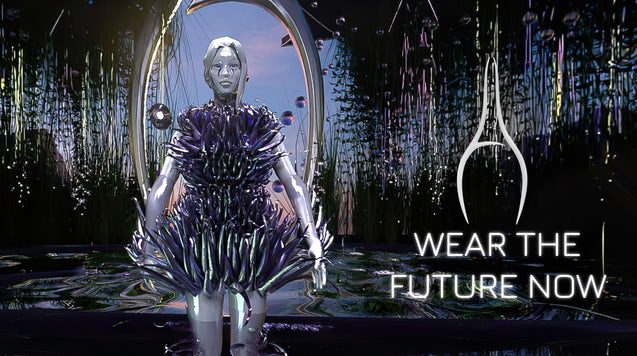
Into The Future Of Fashion: Rise Of Digital Fashion
Per Vogue Business, “a digital Gucci bag just resold on Roblox for $4,115, more than the cost of the physical version. Burberry and Farfetch unveiled a 3D world to promote new bags, while Farfetch and Prada are using digital try-on on Snapchat. Meanwhile, a host of marketplaces are positioning themselves to become de facto destinations for digital fashion.”
Cathy Hackl defines it in Vogue Business as a “further convergence of our physical and digital lives’ and that ‘in some ways it’s about the Internet breaking free from the rectangles in our hands, desks and walls and being all around us’ while venture capitalist Matthew Ball adds, ‘The best way to understand the metaverse is to think about the idea that we will spend an ever-increasing amount of our lives connected to persistent virtual simulations. If you believe in that, then the criticality of anything that is important to identity and self-expression intensifies.”
Daniella Loftus, from This Outfit Does Not Exist, a platform for digital fashion, defines digital fashion in three distinct forms:
· The first is phygital, digital fashion designed for the aim of producing physical garments.
· The second form is physical and digital combined, which is digital fashion that can be worn using augmented or virtual reality.
· And the third is fully digital, which is digital fashion that is sold directly to an avatar.
The metaverse is concerned with the last two forms: physical and digital combined, and digital-only. ”If you look at the way we consider fashion in the physical world, it allows us to shape our perceptions of ourselves when we are wearing garments, but also to shape others’ perceptions of us. As we move to the metaverse, you have those functionalities really enhanced. It does not only ensure that you feel a certain way about yourself, or others feel a certain way about you. It is immersing you in that virtual environment and defining the rules of interaction within that environment,” Daniella Loftus explains in Fashion United.
Fashion Publications Embrace The Metaverse
This year, Vogue announced a new theme for the September issue as each of its editions worldwide had a cohesive narrative. ‘New Beginnings,’ stated Vogue Australia, ‘is a reflection on what a recalibration might look like’ in a post pandemic world. The Singapore edition of Vogue, however, stands out from the rest. The issue introduced loyal readers to the potential of fashion in a virtual reality space.
Vogue Singapore Editor in Chief, Norman Tan, shares: ”Fashion and innovation has always been at the heart of what we do at Vogue Singapore. With the global September issue theme of New Beginnings, we took the bold step to venture into the metaverse—the destination for a new class of digital artists and designers… We welcome readers to embark on this digitally-led journey to explore the creative possibilities. With the release of the ‘New Beginnings’ NFTs, we look forward to developing and expanding this emerging platform where fashion, art and design can flourish.”
The issue’s print cover features a QR code, which opens to Vogue Singapore’s fashion metaverse which has two covers, both created by local and international artists. Balmain Creative Director Olivier Rousteing also created a virtual-only look for Vogue Singapore. Titled Flame Dress, the off-shoulder gown was a celebration of Olivier’s tenth year with the Maison. The two covers and Flame Dress will be available for auction on September 20, alongside thirteen beauty, fashion, art and design NFTs.
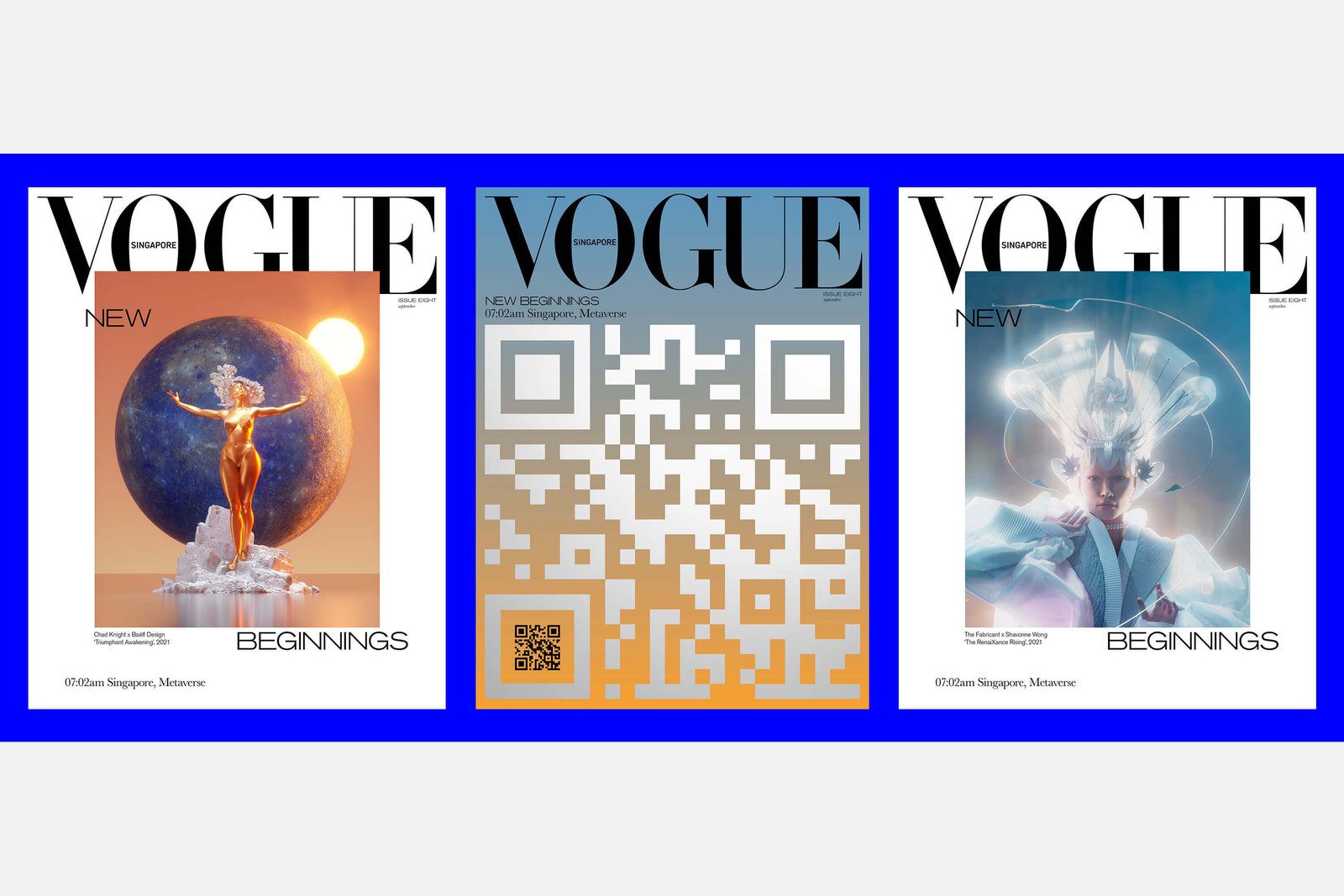
Digitalisation of fashion publications
The First Digital-Only Fashion Week
Helsinki Fashion Week held its first edition of a digital fashion week on social metaverse, Digital Village so shows could be accessed at any time, and attendees could try clothes on within Digital Village and pre-order to wear in real life! ‘We are now taking sustainability to a whole new environment. We are using digital tools to strengthen our digital community, experience, and connection,’ HFW explained in a release. ‘Our event goes further to brashly ask the needed questions surrounding garment production in the era of fast fashion and greenwashing.’
“There are so many benefits to creating clothes in 3D,” Grégoire Willerval of Scotomalab, the studio which created digital looks for HFW, told Dazed. “It saves time, and it makes it possible to consume less materials, not to overproduce clothes and not to transport all of this all over the world. It’s a big step for the fashion industry. We’re doing that because that’s what the technology allows right now. But in four years we imagine that everyone will walk around with AR glasses on, and you will have the digital world imposed on reality for millions of people constantly. So, then you’re walking down the street in a black hoodie and some black jeans, but then you’ve bought a digital fashion garment, and every single person that walks past you wearing AR glasses is gonna see you wearing that garment, in real life, in real time.”
Another Milestone In Events: Digital-Only Show Debuts At London Fashion Week
Digital fashion is on the rise. London-based fashion brand Auroboros by Paula Sello and Alissa Aulbekova, specialising in physical couture and digital ready-to-wear, debuted a fourteen-piece digital-only ready to wear collection, ‘Biomimicry’, at London Fashion Week. At the showcase, made in alliance with Institute of Digital Fashion, Auroboros focused on a mixed reality experience with models wearing digital garments. The brand also partnered with The Institute of Digital Fashion to create a billboard featuring an AR try-on experience using Snapchat. With collaborations from DiscoveryLab, Tony and Guy and British Fashion Council, Auroboros became the first fashion brand to present a digital-only collection at an International fashion week and the looks was available to purchase online right after the show — on their own website, on fashion game Drest and on digital fashion marketplace Dress-X; when someone makes a purchase, they send in their photograph and Auroboros digitally tailors the item to their body.
The brand’s presence at London Fashion Week indicates that digital designs are now being positioned in the same space and relevance as physical designs, instead of being consigned to a dedicated digital slot. ”We wanted to amplify the collection and start the discourse that’s been the shadow surrounding digital fashion and fashion weeks: How does it actually get to the consumer and become an experience IRL? Effectively, how can we pivot from ‘to view’ to ‘to wear?”’ Leanne Elliott Young, co-founder and CEO of the Institute of Digital Fashion, tells Vogue Business.
Digital Fashion And Gaming
Per Fashion United, Leslie Holden, co-founder of The Digital Fashion Group, foresees merging fashion and gaming as a career path for designers: ‘‘In the UK alone there are around five thousand fashion design graduates each year, with limited opportunities for employment. I see the metaverse as opening up new marketplaces, new opportunities, and new occupations… The technology we’re using today to create the metaverse has been developed by the gaming industry, which means that the tools weren’t developed for fashion, and like the development of the metaverse itself, we do need to ensure a joined up approach. Epic Games knows this and they are already investing in fashion, and I see the metaverse as the beginning of a new definition of fashion with purpose, potentially powered by new partners. It can be a fantastic opportunity for fashion designers.”
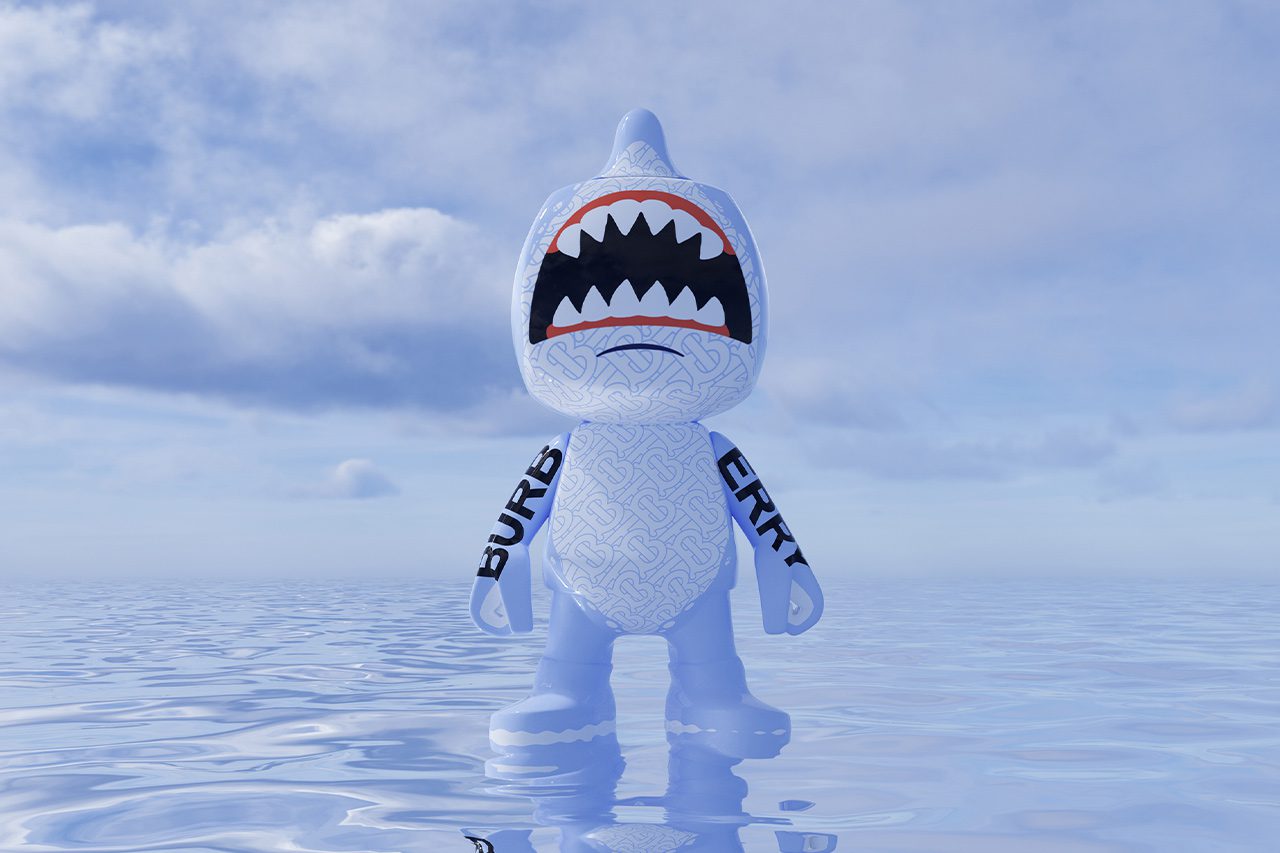
Burberry embraces gaming
And what skills should designers develop to be this guide for the metaverse? According to Sean Chiles, co-founder of The Digital Fashion Group, techniques required for digital fashion are similar to bespoke or couture collections where you create an outfit for one customer. ”Digitally you can create so many different iterations of a unique asset that there’s going to be a flood of creative output, a flood of creative NFTs, that can only exist within the metaverse,” he added.
Jasmeen Dugal is Associate Editor at FashionABC, contributing her insights on fashion, technology, and sustainability. She brings with herself more than two decades of editorial experience, working for national newspapers and luxury magazines in India.
Jasmeen Dugal has worked with exchange4media as a senior writer contributing articles on the country’s advertising and marketing movements, and then with Condenast India as Net Editor where she helmed Vogue India’s official website in terms of design, layout and daily content. Besides this, she is also an entrepreneur running her own luxury portal, Explosivefashion, which highlights the latest in luxury fashion and hospitality.






